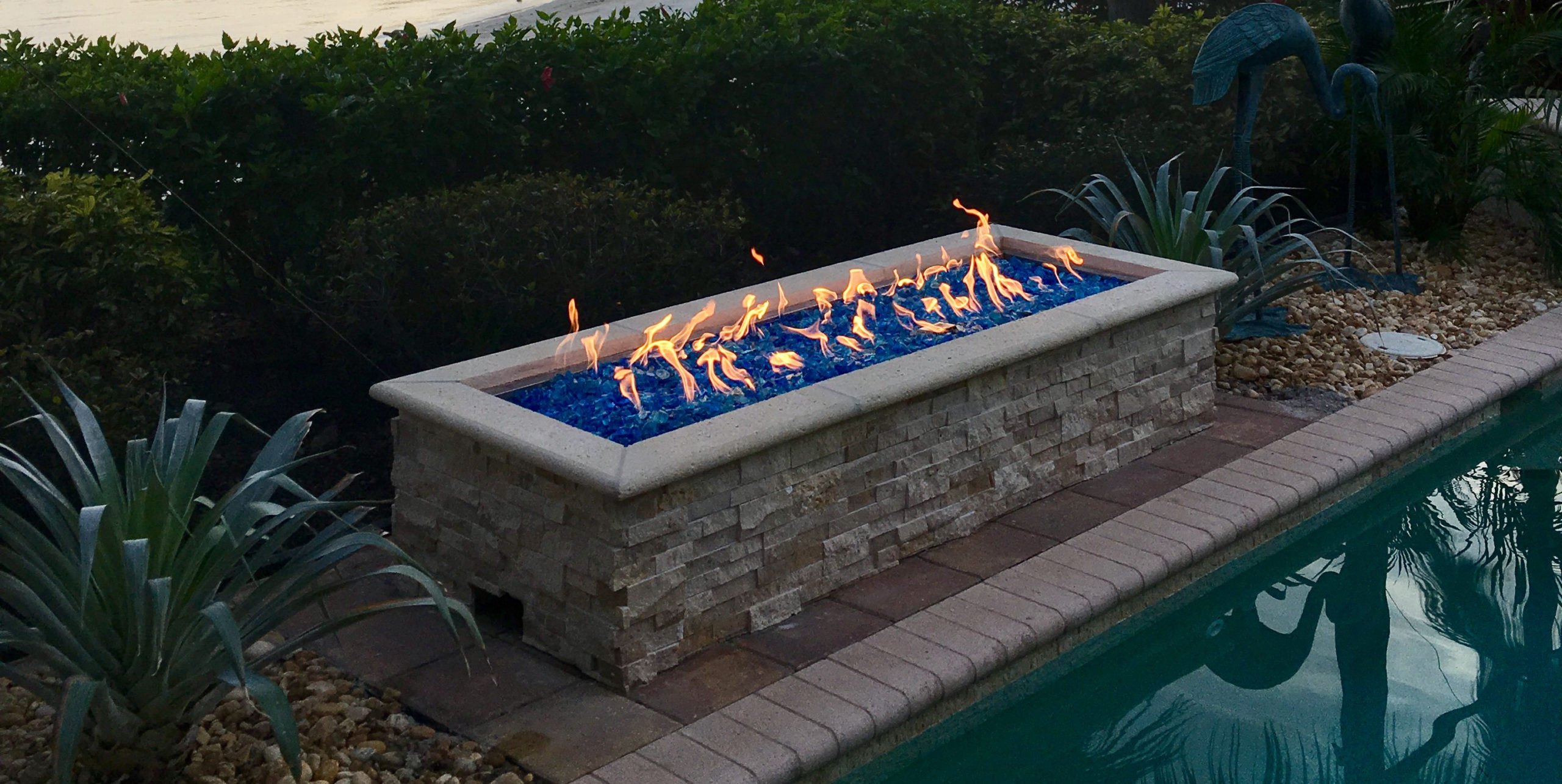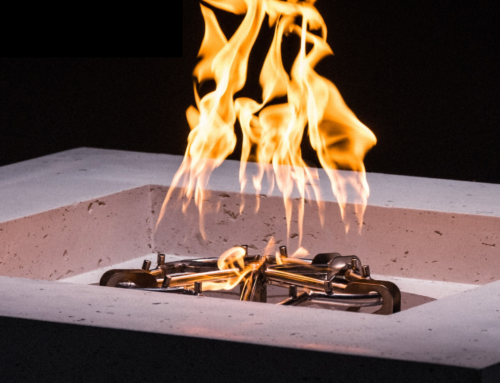Top 5 Considerations for Electronic Ignition Installation
Planning your installation may seem like a daunting task. In this Tech Talk, We will focus on the top five important factors that must be considered when preparing to install HPC’s signature Electronic Ignition designs.
Planning Your Installation
Let our HPC team guide you through the planning process streamlining your experience. As they say in real estate, location, location, location. Choosing the location of your fire appliance is of utmost importance. When planning out your installation you want to select the location carefully. Make sure that the fire appliance will be free and clear of overhanging obstacles. Once you have identified the installation area there are 5 crucial factors that should be considered to ensure a successful project.
Gas Type & Gas Line Sizing
Selecting the type of gas your fire appliance will utilize will help streamline the ordering process. Natural gas versus Propane, will require a different set up. In addition, outlining the distance from the gas supply will assist the installation team in selecting proper gas line sizing. Gas line should be sized based on the input of the appliance as well as on the length of run, and the amount of appliances that will be connected. HPC advises to verify proper sizing utilizing certified gas line sizing charts.
Gas line pressure should also be verified and checked. Running pressure over manufacturers specifications can result in damage to equipment. For more details, be sure to refer to HPC’s Tech Talk regarding the importance of proper gas line sizing.
Identifying Power Source for Electronic Ignition:
Identifying proper power source for your appliance is another crucial factor. HPC offers a large variety of operating systems to fit your needs. It is important to consider the installation location when selecting a power source. For example HPC’s 120 volt systems work well in many backyard and commercial settings. If you select the 120 volt system the circuit must have an outdoor GCFI receptacle within the enclosure or you can choose to hard wire it to the junction box pairing it with a wall switch. If your fire appliance will be near a water source, HPC offers low voltage selections to ensure safety. It is also important to confer with local building codes to verify voltage safety requirements. HPC offers two low voltage options, our 24 volt and 12 volt systems. All low voltage units must be paired with a 100 watt class II transformer. HPC offers proper power supplies streamlining your purchase experience.
Having a hard time selecting which series will best suit your needs? HPC has got you, contact our team or utilize HPC’s fire pit selector. The Fire Pit Selector will walk you through each step prompting your selections and taking into account pertinent factors such as location, type of gas, as well as need for a power source.
Ventilation of Enclosure Cavity
Once the above factors have been determined building the enclosure for the Fire appliance is a multifaceted step. When consulting with the installers, one must be sure to factor in need to verify proper clearances as well as installing ventilation and drainage. By planning these critical steps and accounting for combustibles upfront, it gives owners more options to naturally incorporate proper drainage and ventilation within the design.
HPC recommends a minimum of 2 opposing openings measuring at least 18 square inches. Installing 4 opposed openings measuring 18 square inches are optimal. Proper venting is critical to avoid trace gases and heat building up in the enclosure cavity. If your appliance will be installed on decking, HPC offers a Deck insulation kit that makes installation a seamless process. Be sure to refer to HPC’s installation instructions as well as take the time to confer with your local code and regulations.
Clearances to combustibles
Ensuring proper clearances to combustibles is another important factor. Appliances 200,000 BTUs and below require a 36 inch horizontal clearance and an 84 inch vertical clearance. Appliances above 200,000 BTUs require a 48 inch horizontal clearance and advises against having any combustibles hanging above the unit at any height.
Drainage of Enclosure Cavity
Proper drainage for moisture is necessary to ensure electronics are not engulfed in water. As discussed previously in the article, during the planning stages drainage and ventilation are critical. The use of a floor drain or drain tile are optimal. However, if that is not an option, one can install enclosure vents at grade level. This will allow any excess moisture from elements to have a natural way to drain away from the unit.
Contact Us
HPC prides itself on the service of our consumers through the development of quality and safe products, providing education and accessibility to HPC Fire Feature Experts. Have any questions or concerns, contact HPC’s NFI Certified Tech Team at 937-436-9800. HPC is always striving to raise the standards for the industry by breaking trends. While trends fade, HPC’s impact will last forever.





